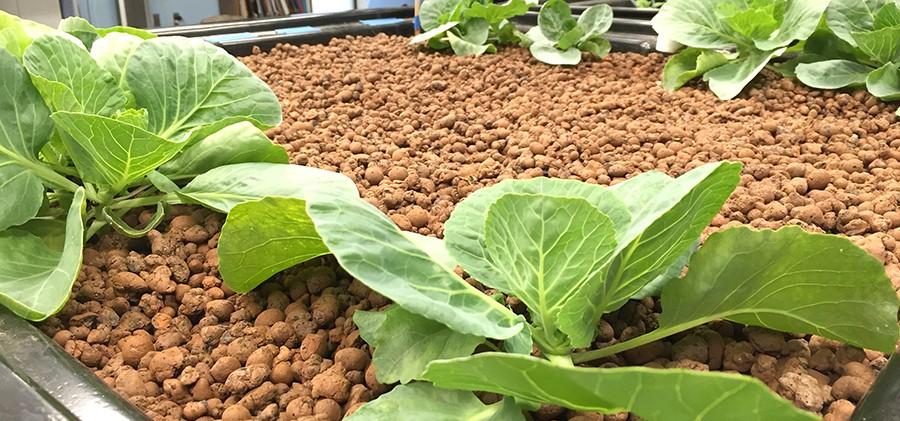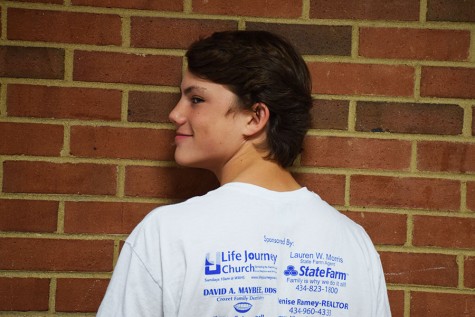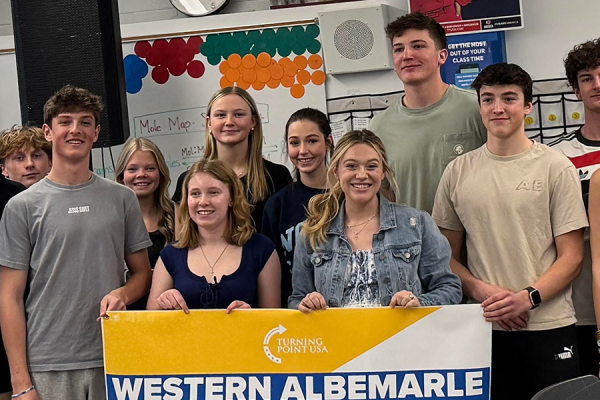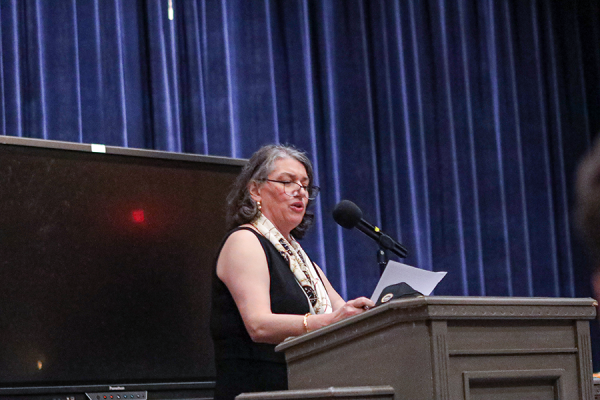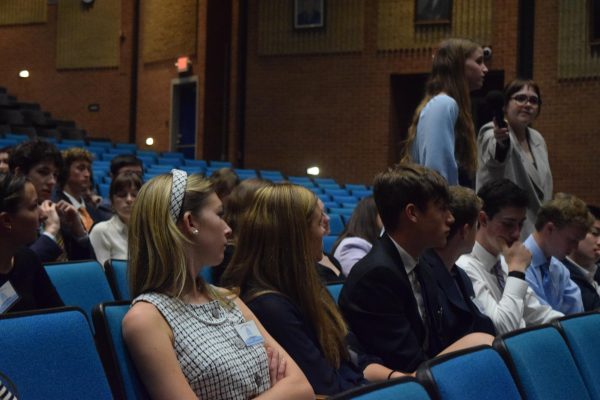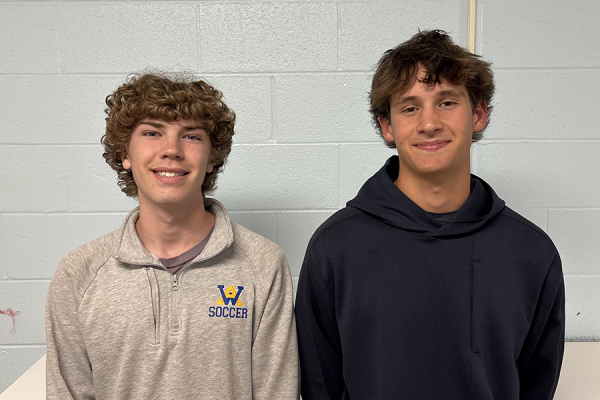ESA Ventures Beyond the Classroom
Irrigation systems watering these plants are just one of the projects ESA students have been working on.
February 10, 2016
Past Dr. A’s room, beyond the stairs that lead up to the top floor, lies the Environment Science Academy, labeled by a banner above. The outside of the room is scattered with rocks, buckets, plants, and other tools and equipment, all being used in the numerous projects that the students are working on.
A member of the ESA, freshman Adam O’Connor, explains what the Academy is doing currently. “We are going outside to collect rocks and minerals to use for sampling and observing different chemical and physical changes that occur through different experiments and tests.”
Along with testing the samples, the Academy is also collecting pebbles to “tumble.” The tumbling polishes the rocks, simulating how the pebbles are smoothed while they lay in a riverbed. Outside of the classroom, the students took a field trip to a geology lab in Charlottesville to further their studies on how the minerals and rocks were formed over thousands of years. Adam explains that ESA is a very new experience for him, especially in an environment like school, where he’s used to pen and paper and not gloves and boots.
An additional project that the students are managing is a hydroponic system, which is located in the ESA room. The system consists of large crates with plants surrounded by pebbles, next to that is a large fish tank full of tilapia, a type of fish, and a series of pipes that connect the whole structure. The fish produce a natural fertilizer that is supplied to the plants by the water from the tank. UV light is applied to the plants to take the place of the sun’s rays, which is absent in the classroom. The system shows students how organisms have relationships with each other.
The students have taken many field trips this year. Including a trip to the Mountain Lake Biological Station, where students investigated the local plant and wildlife and paddled on the Rivanna River to look for signs of human impact. The students continue to learn more and more about our environment, including the different parts, how they interact, and how we impact it as well.



